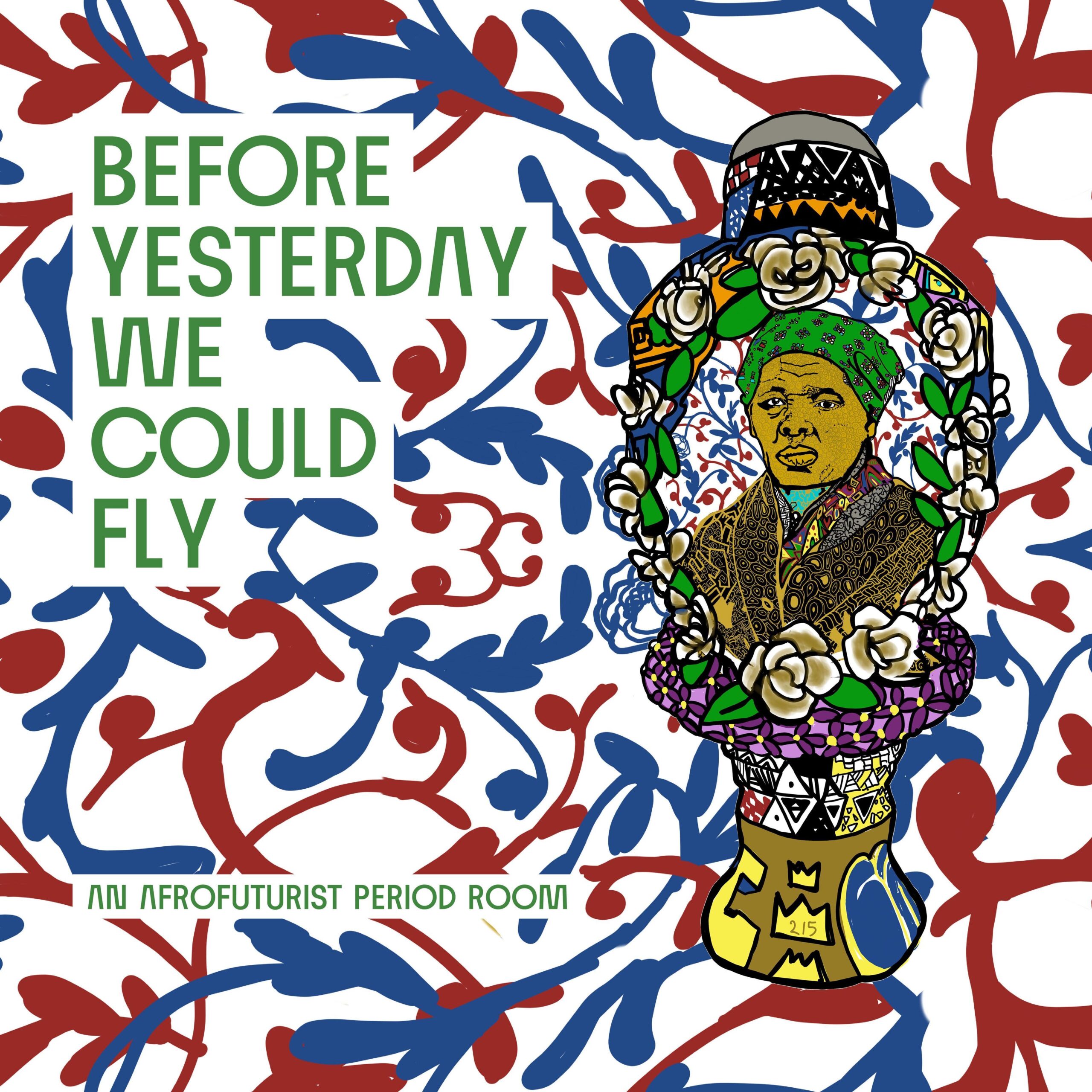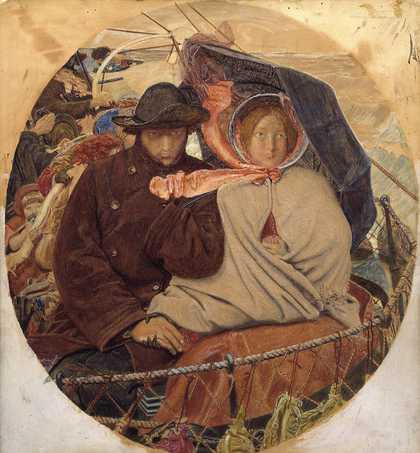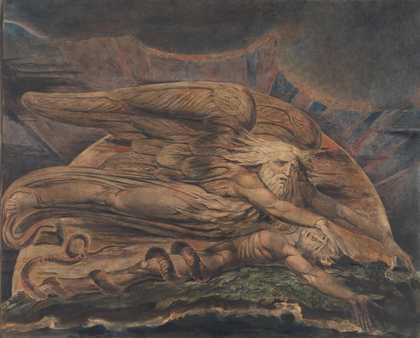Ongoing
The Met
Explore a powerful reimagining of history with Before Yesterday We Could Fly: An Afrofuturist Period Room, a groundbreaking exhibition at The Met Fifth Avenue. This installation brings to life the vibrant 19th-century Seneca Village, a predominantly Black community that thrived where Central Park now stands. Through a fusion of imagination and historical recovery, the exhibit reconstructs what a living space could have looked like had Seneca Village flourished beyond its forced displacement in 1857.
Seneca Village was more than a collection of homes—it was a beacon of hope, opportunity, and self-determination for Black landowners and tenants, featuring churches, cemeteries, a school, and lush gardens. The community represented a refuge from the overcrowded and perilous conditions of lower Manhattan, symbolizing freedom and prosperity. Sadly, the village was dismantled by eminent domain to make way for Central Park, erasing much of its physical presence but not its legacy.
This Afrofuturist period room transcends traditional historic reconstructions by rejecting the confines of a single historical timeline. Instead, it embraces African and African diasporic worldviews that see past, present, and future as interconnected, allowing creative speculation to envision multiple possibilities. Afrofuturism, central to this installation, highlights Black creativity, resilience, and futuristic visions through a blend of history, spirituality, and innovation.
The exhibition is powerfully animated through visionary soundscapes, storytelling, and a kaleidoscope of artworks spanning centuries. The Met’s collection features an impressive array of objects—from intricate Bamileke beadwork and 19th-century American ceramics to contemporary artworks—showcasing the rich traditions and ongoing evolution of African diasporic culture. New acquisitions enrich the narrative, alongside commissioned works by acclaimed artists Njideka Akunyili Crosby, Fabiola Jean-Louis, and Jenn Nkiru.
Curated by Hannah Beachler and Michelle Commander with a broad collaborative team, the installation embodies the spirit of Afrofuturism through diverse intellectual and creative partnerships. By situating this visionary space within the heart of The Met, the exhibition opens vital conversations about history, memory, and the futures that might have been and still can be imagined.
Support for this project includes the Hobson/Lucas Family Foundation, the Director’s Fund, the Art Mentor Foundation Lucerne, and the Terra Foundation for American Art, highlighting the importance of fostering inclusive and dynamic art histories.
Visit The Met Fifth Avenue, Gallery 508, to experience this exceptional blend of history and imagination. For more details, visit the official exhibition page at The Met’s website.



